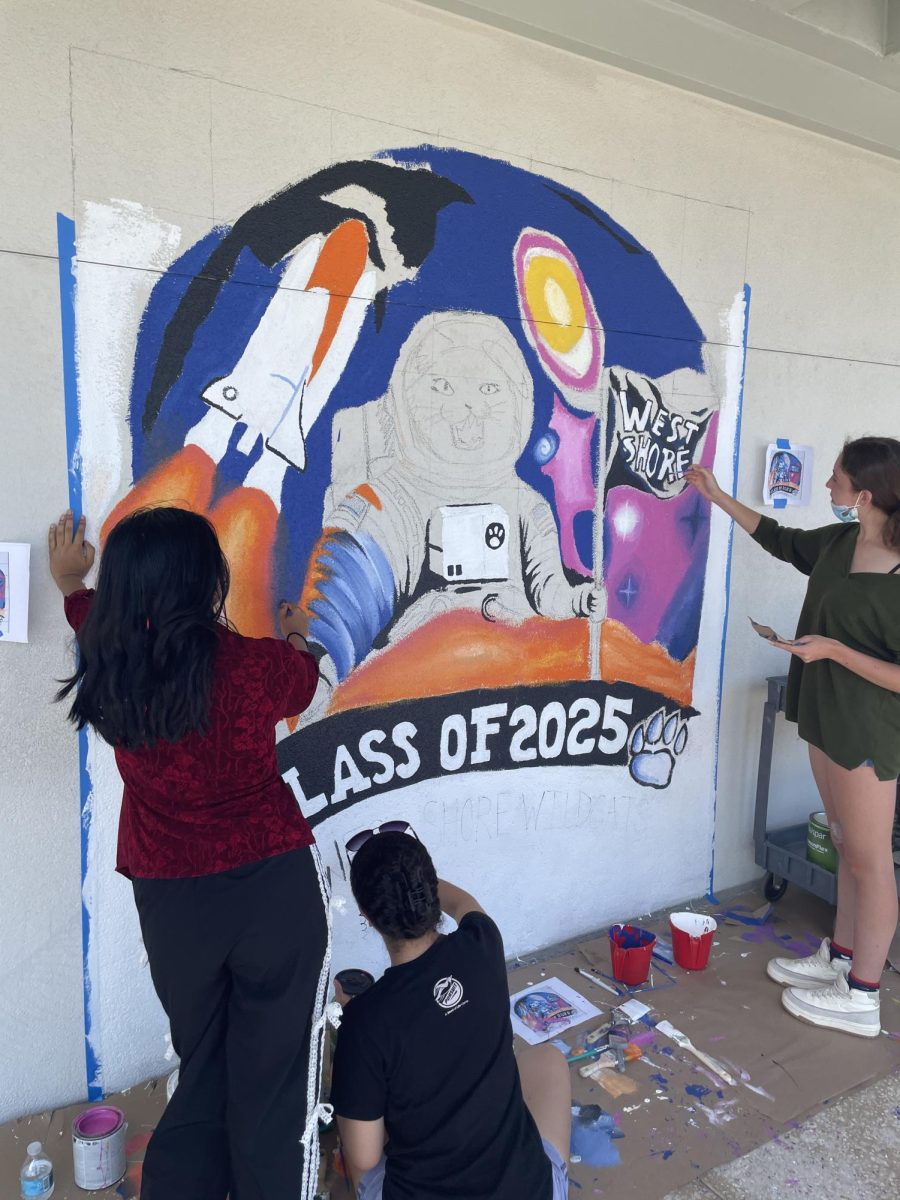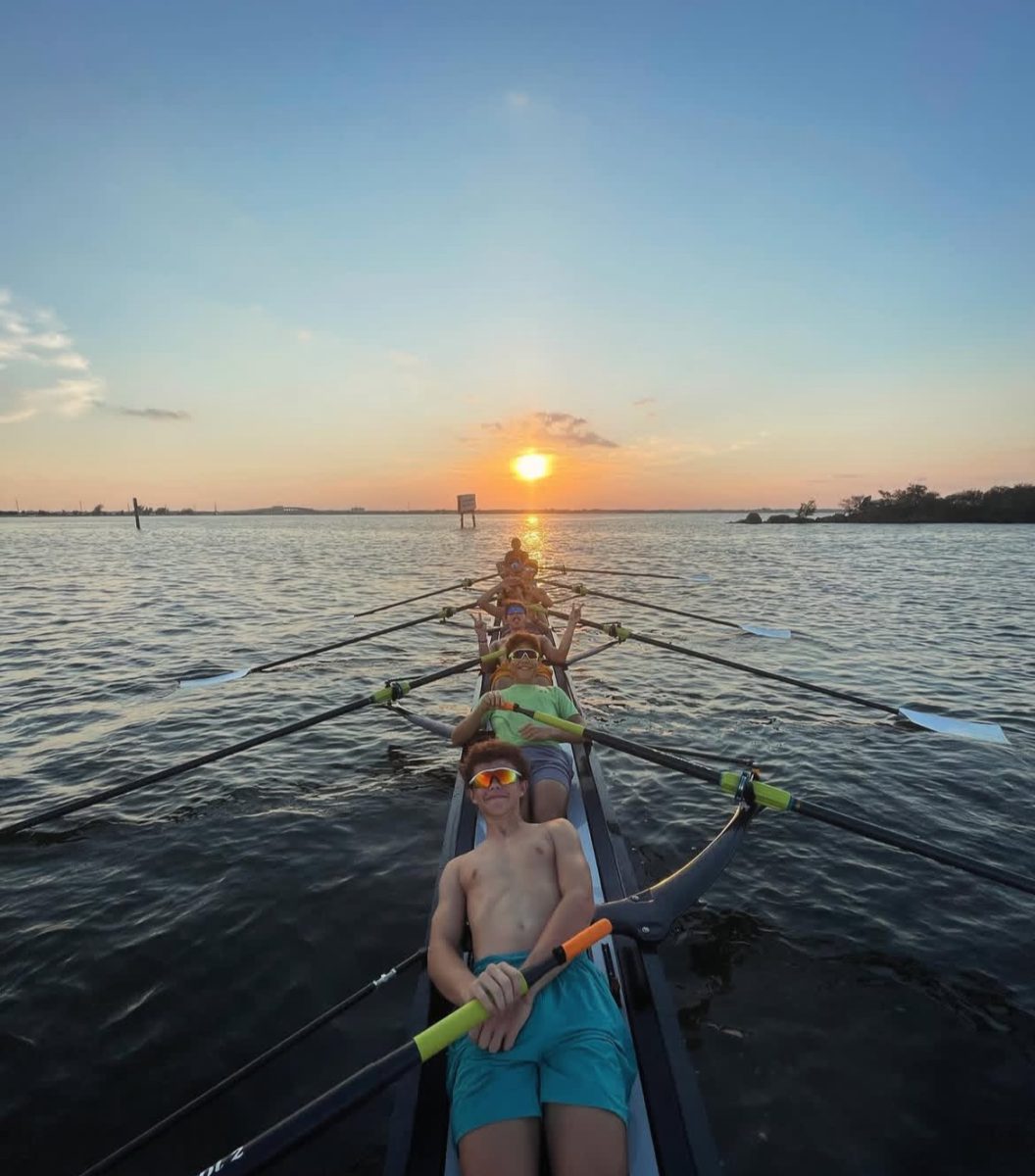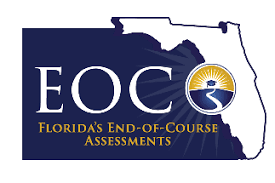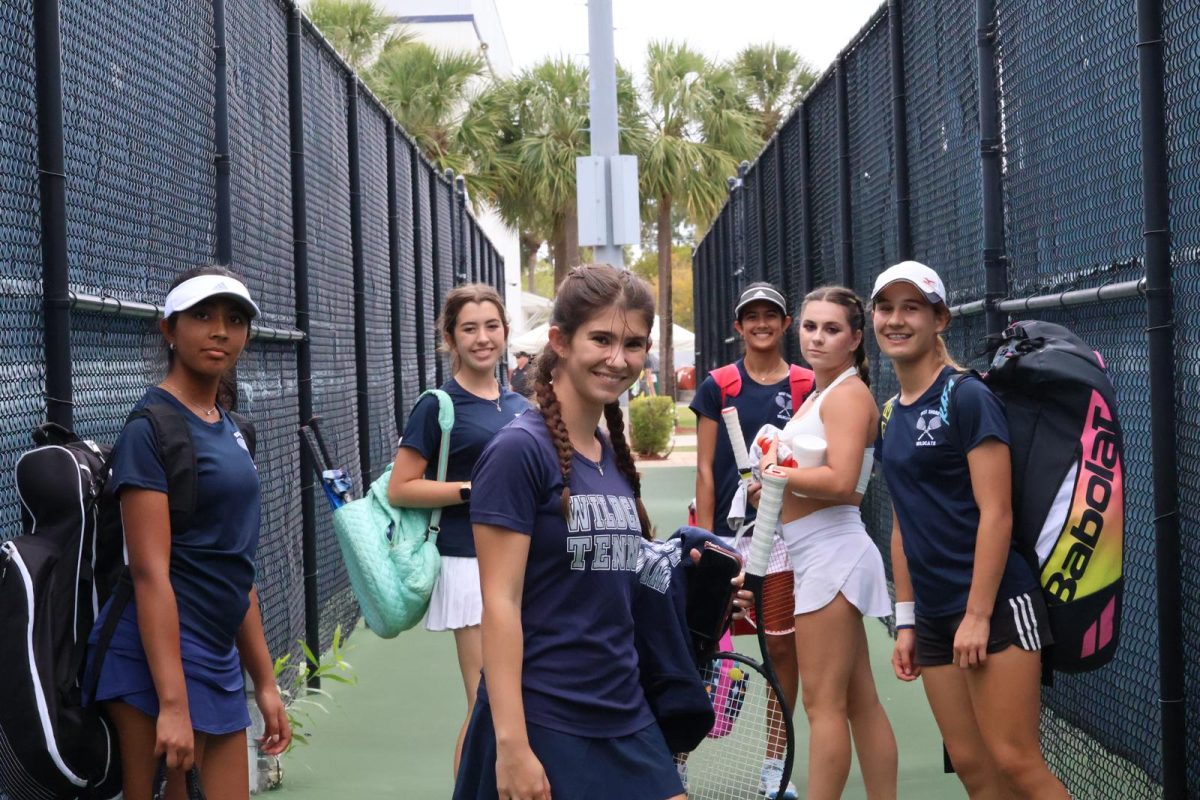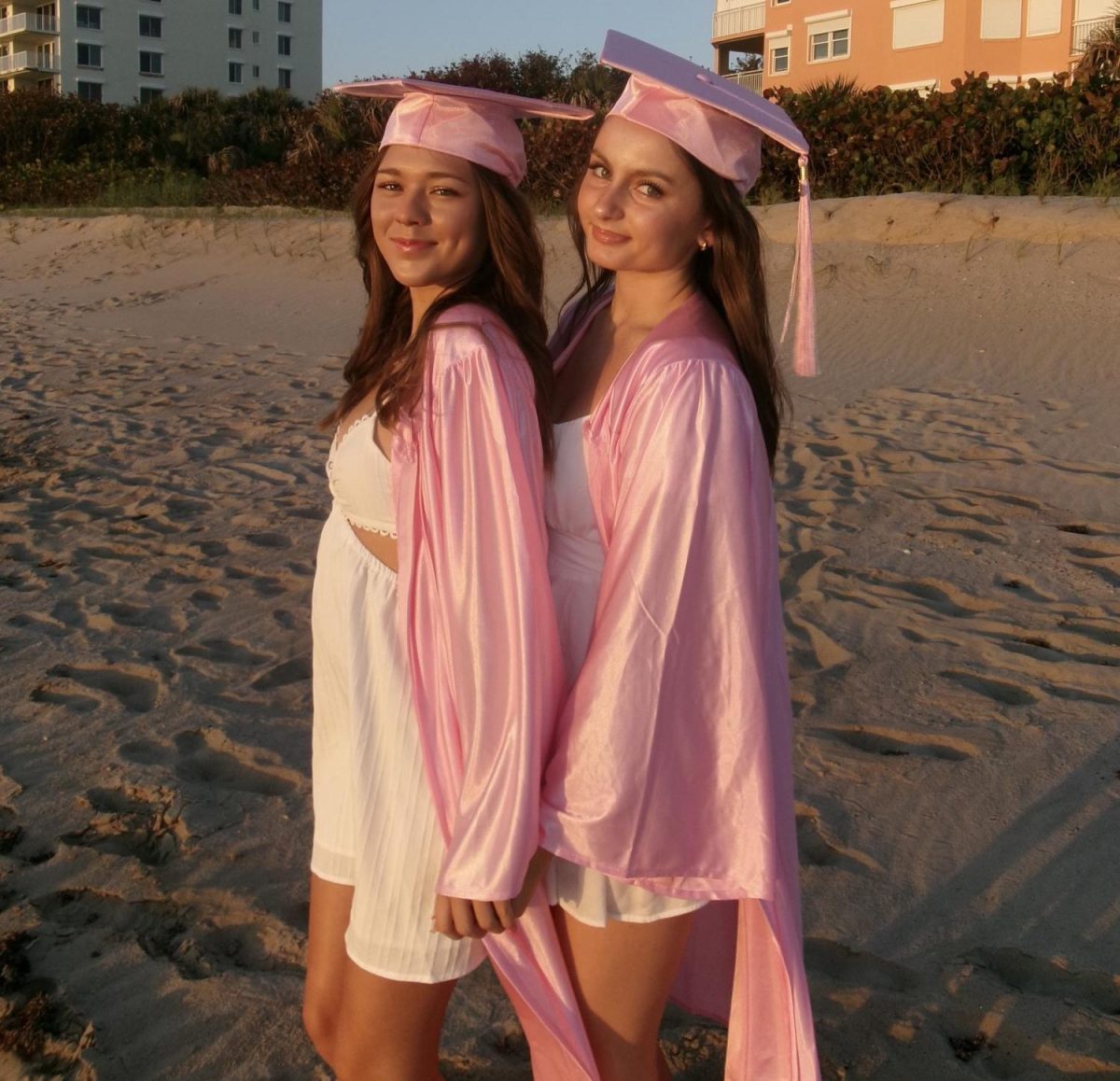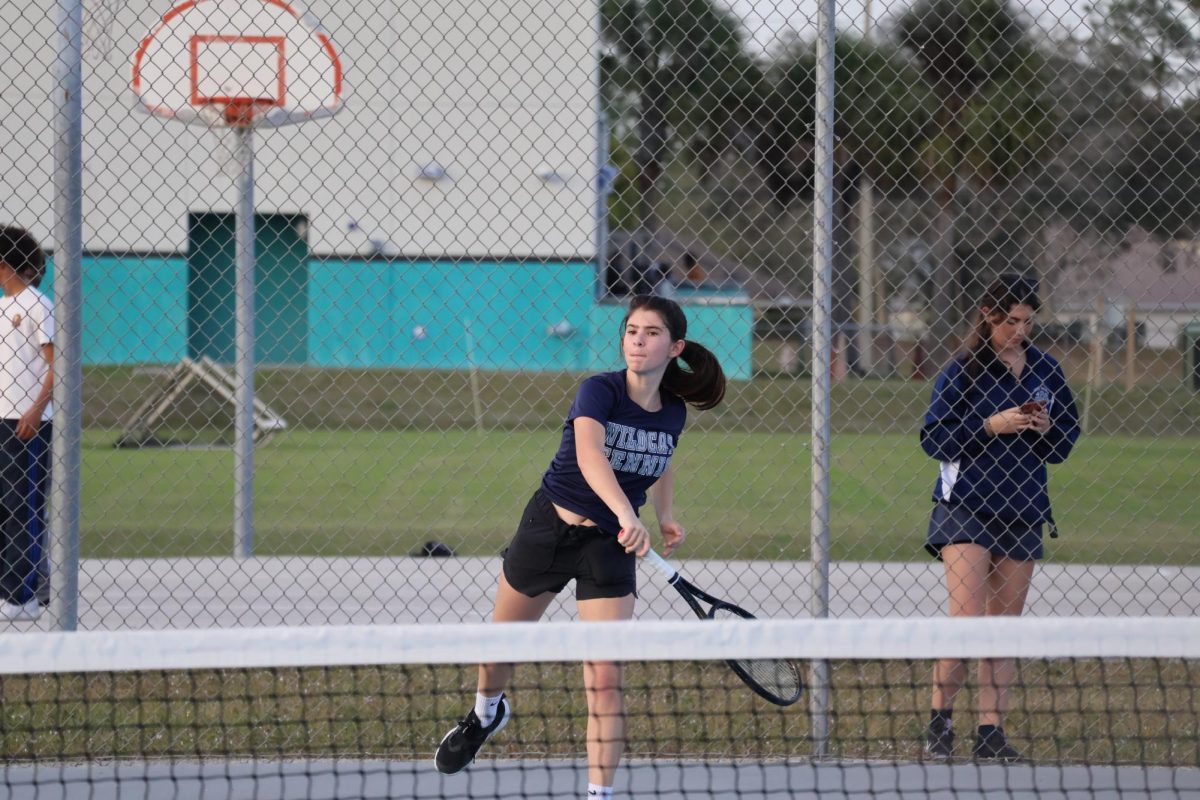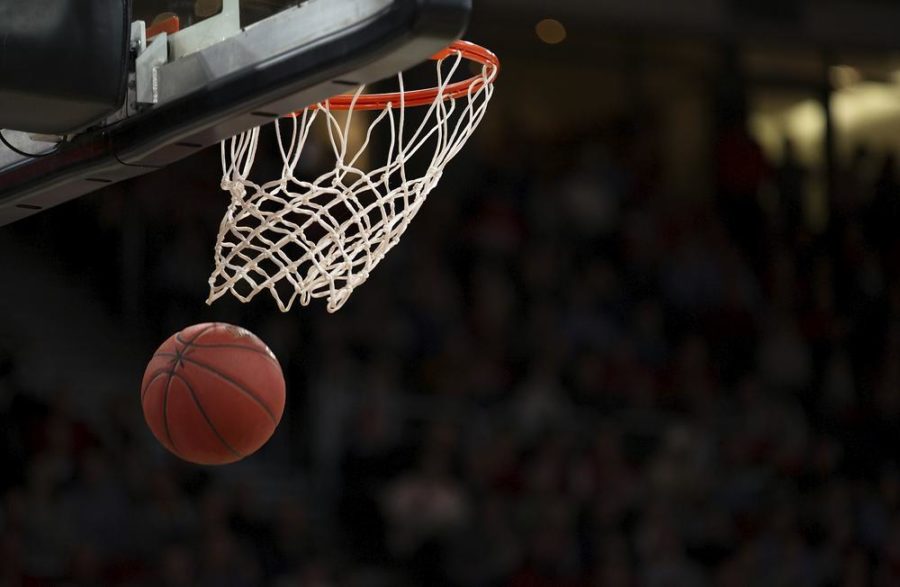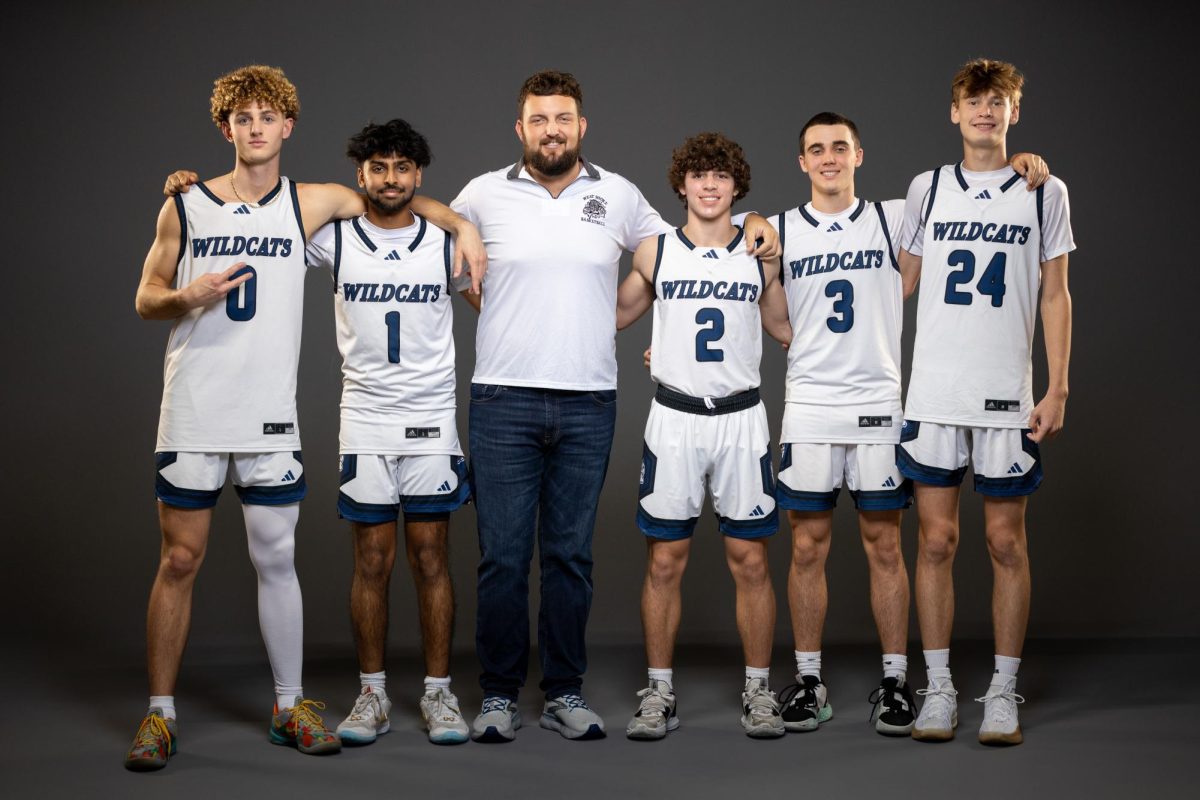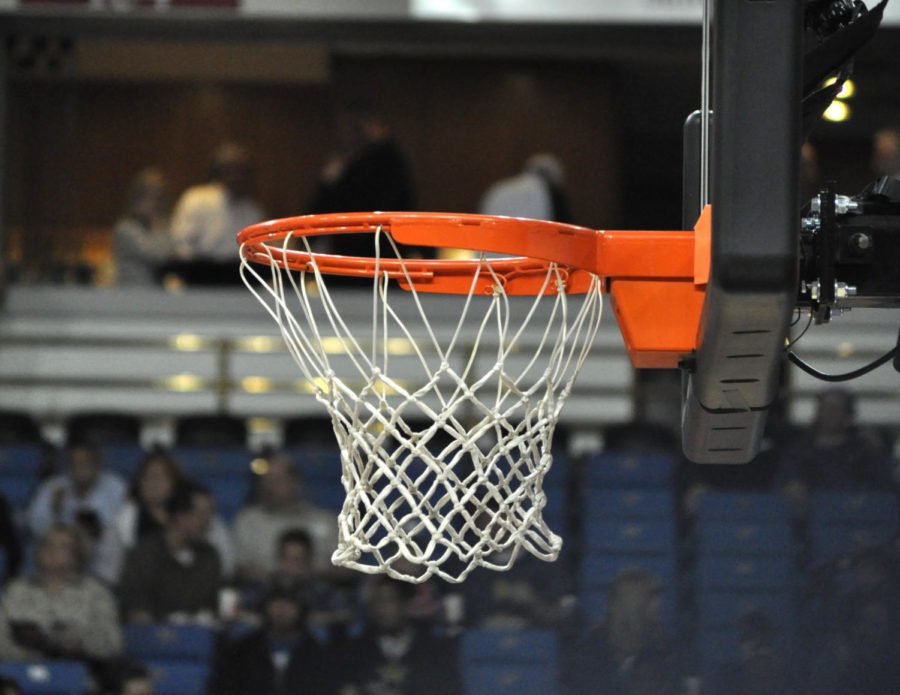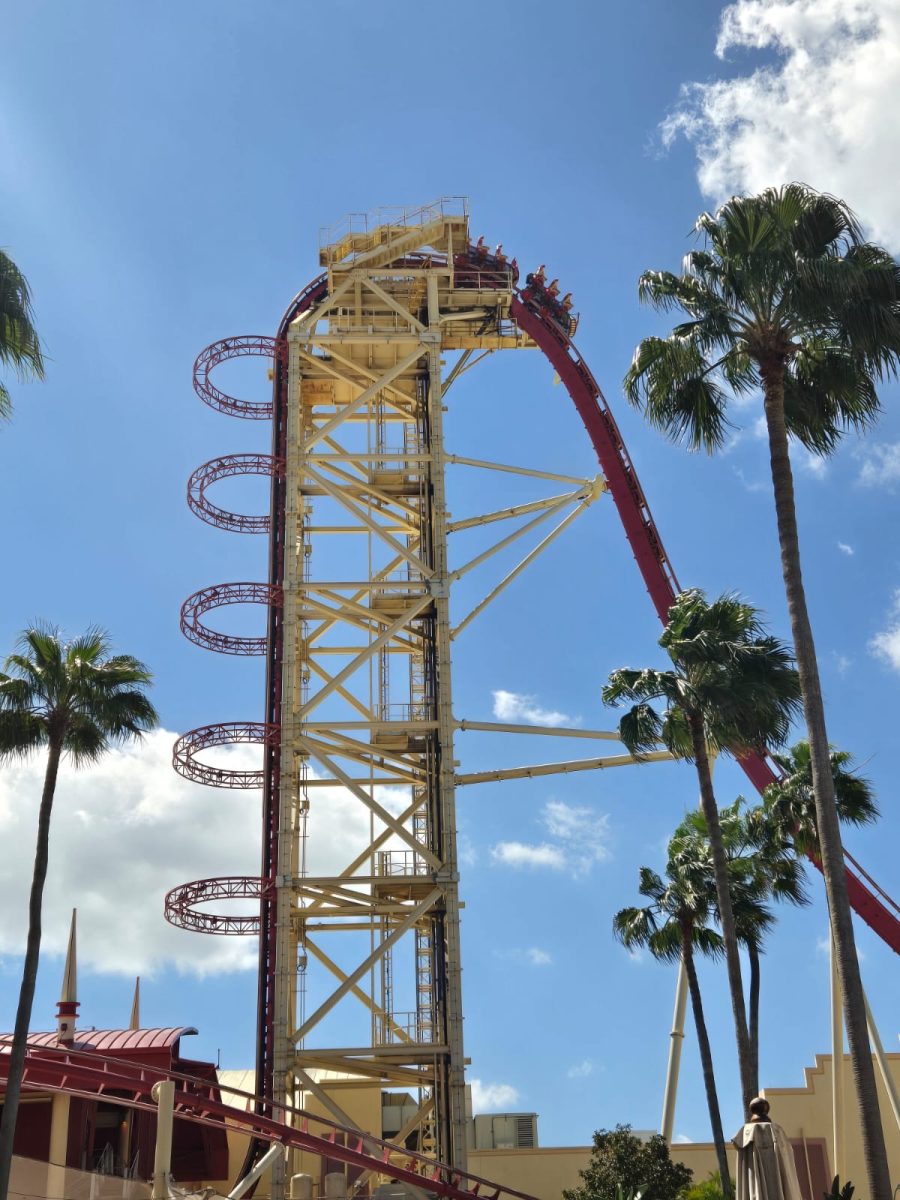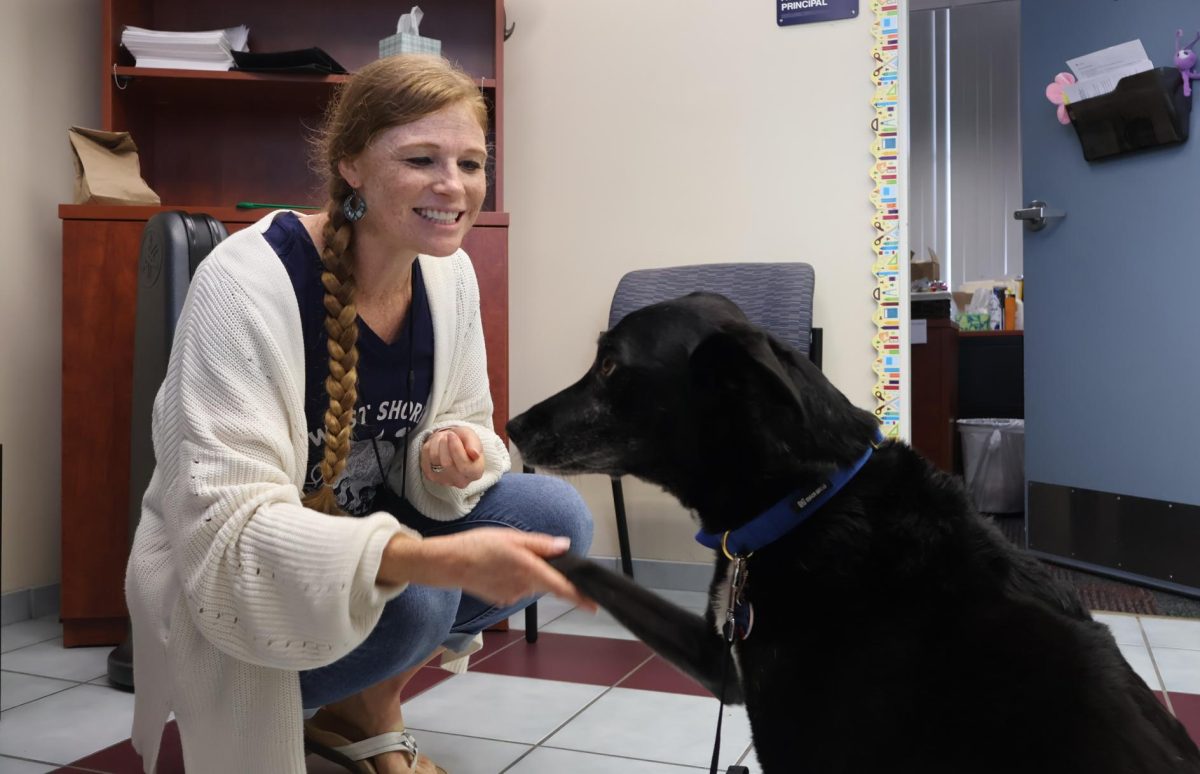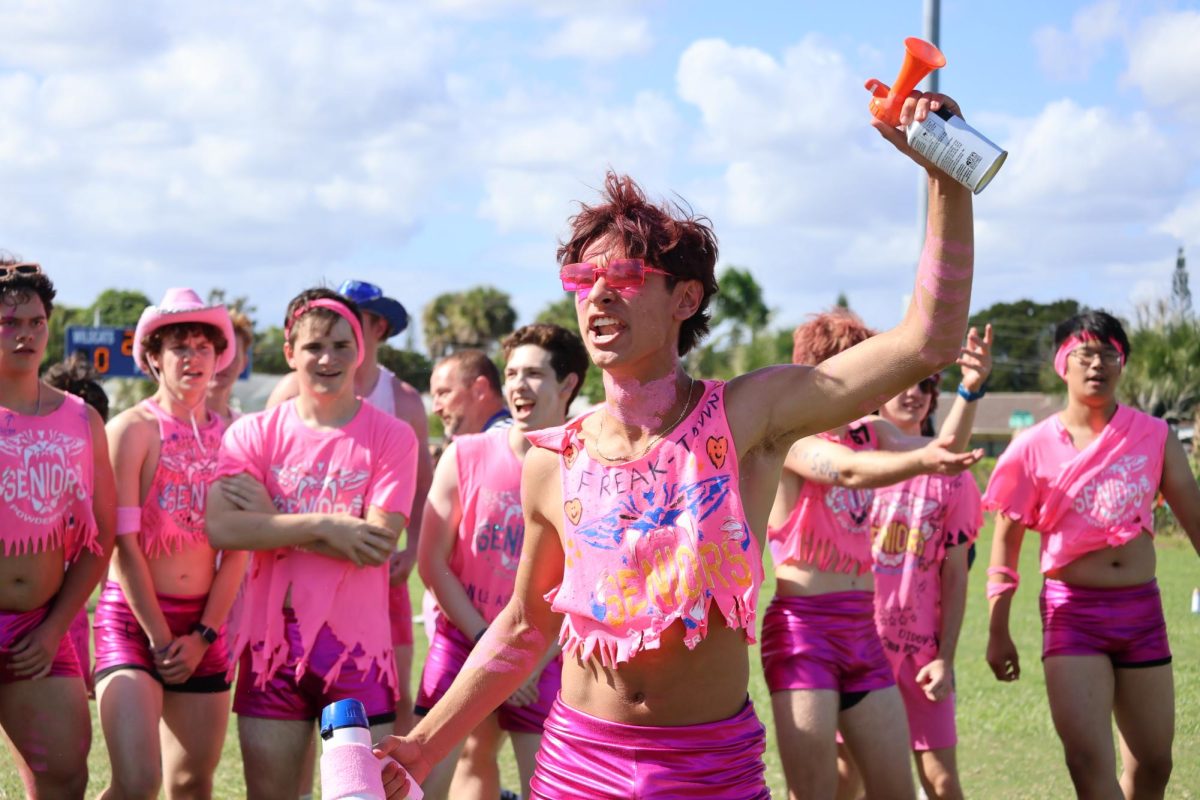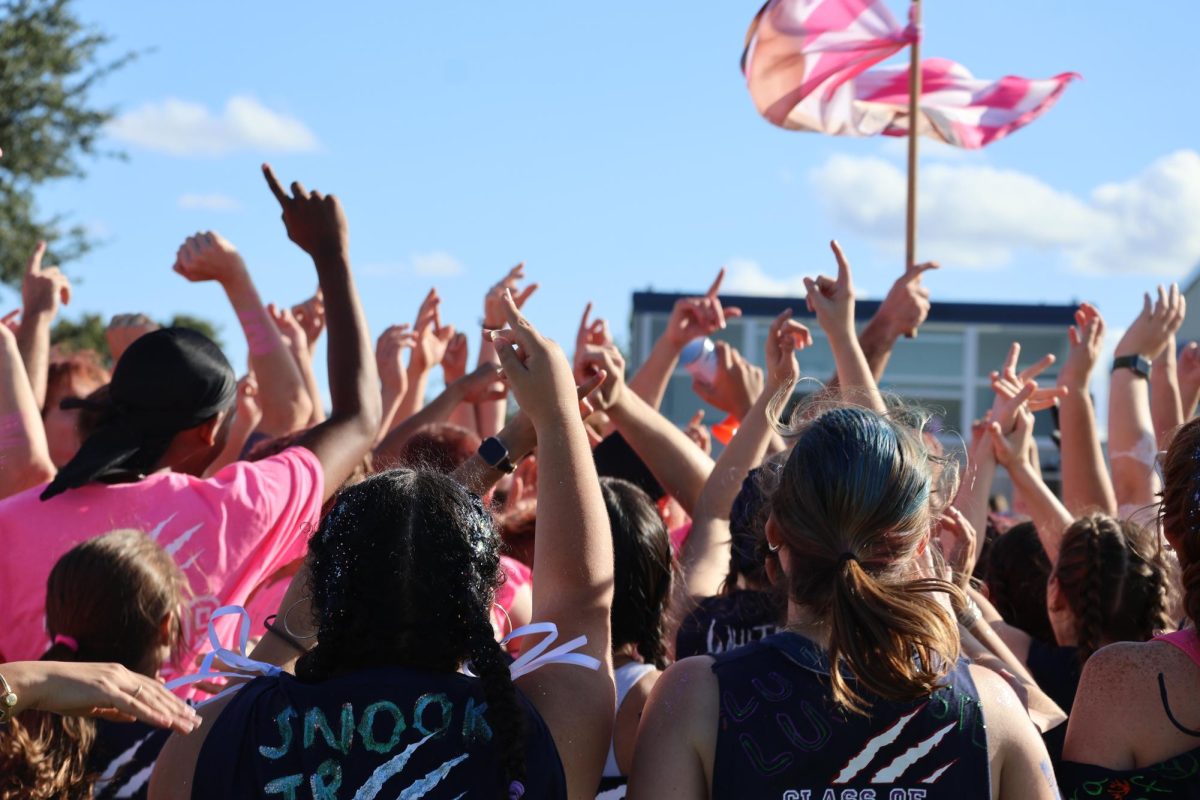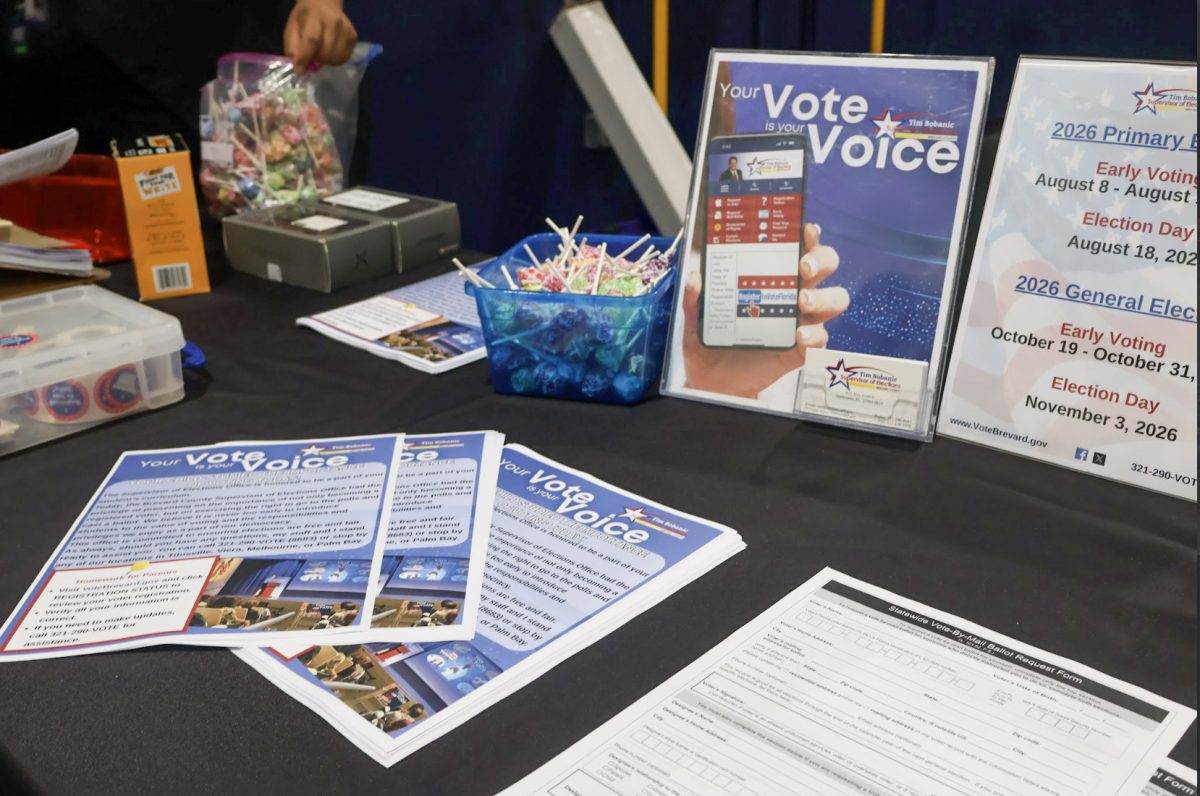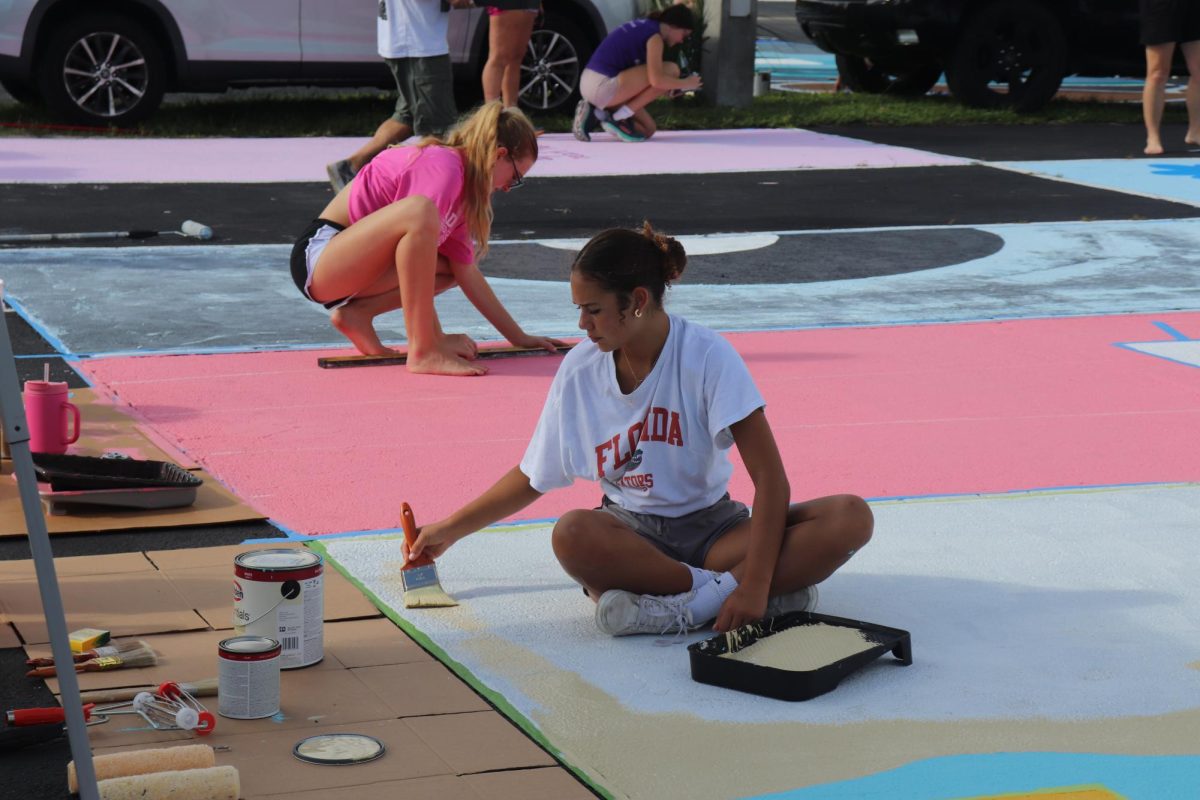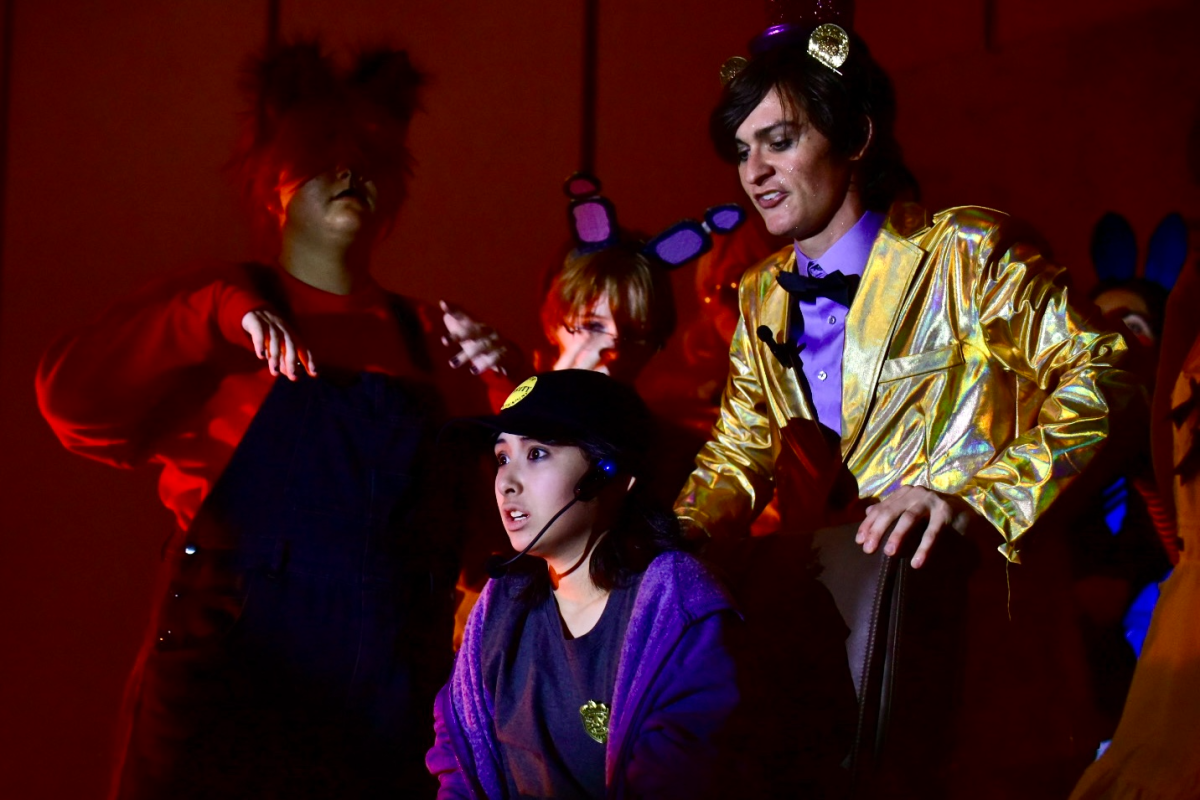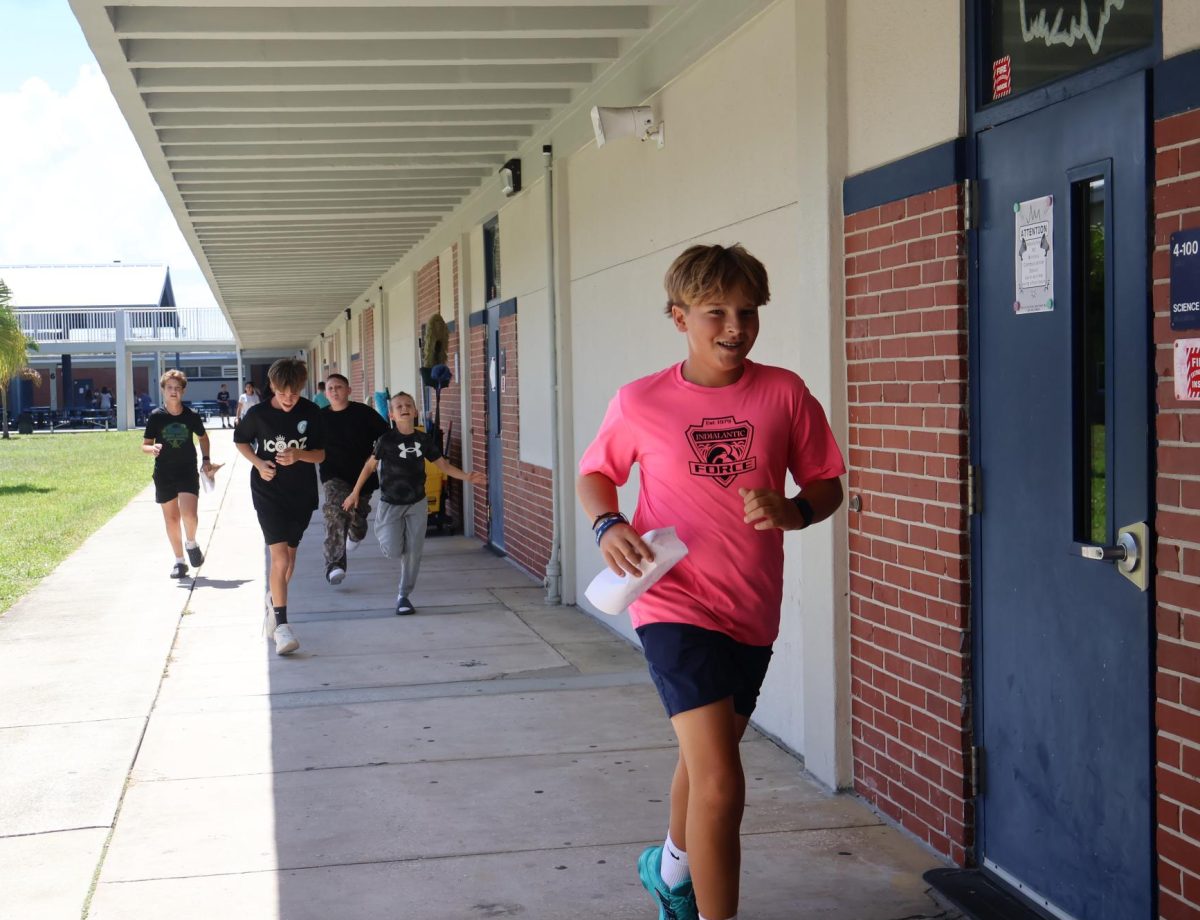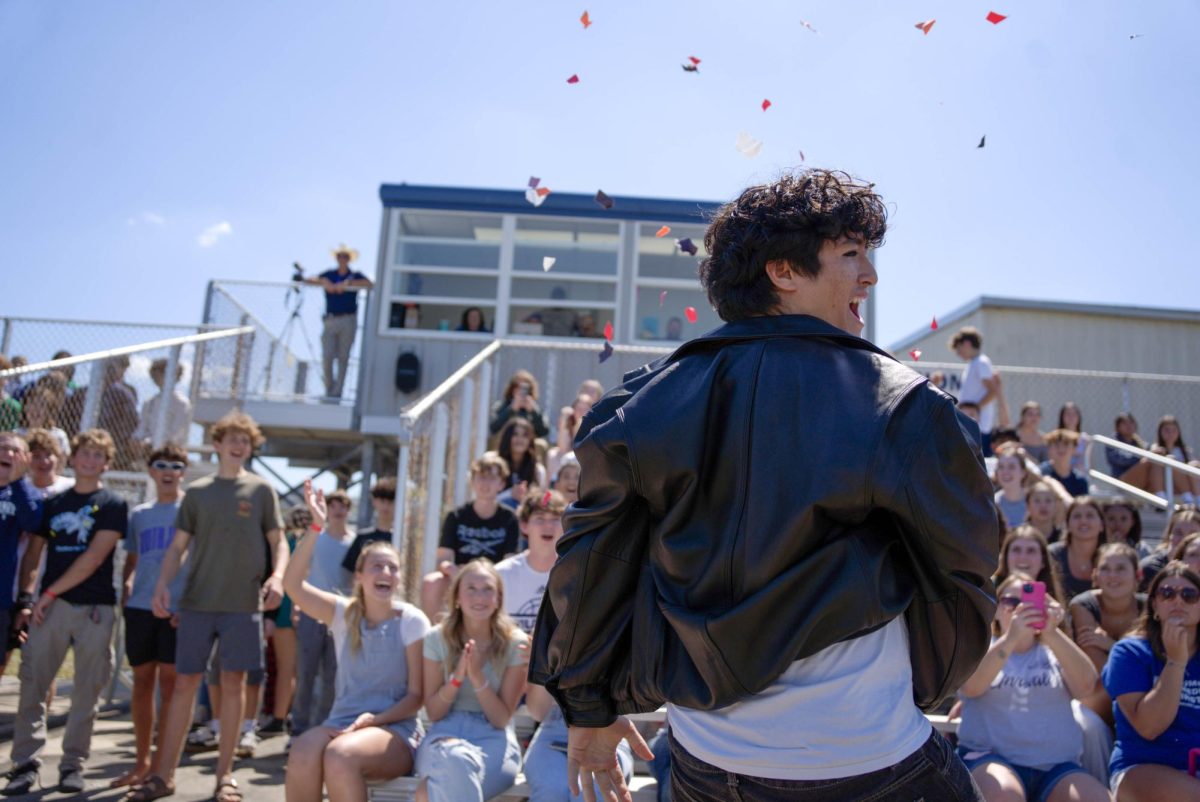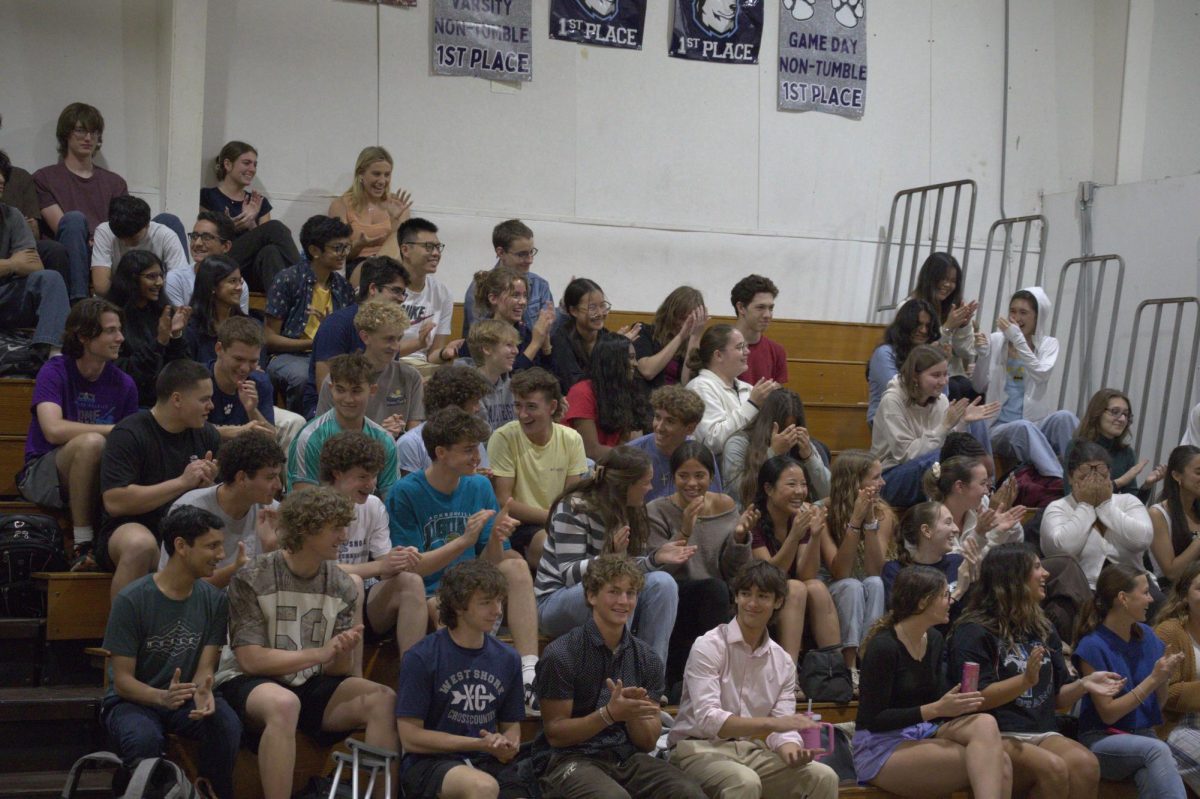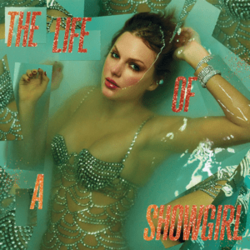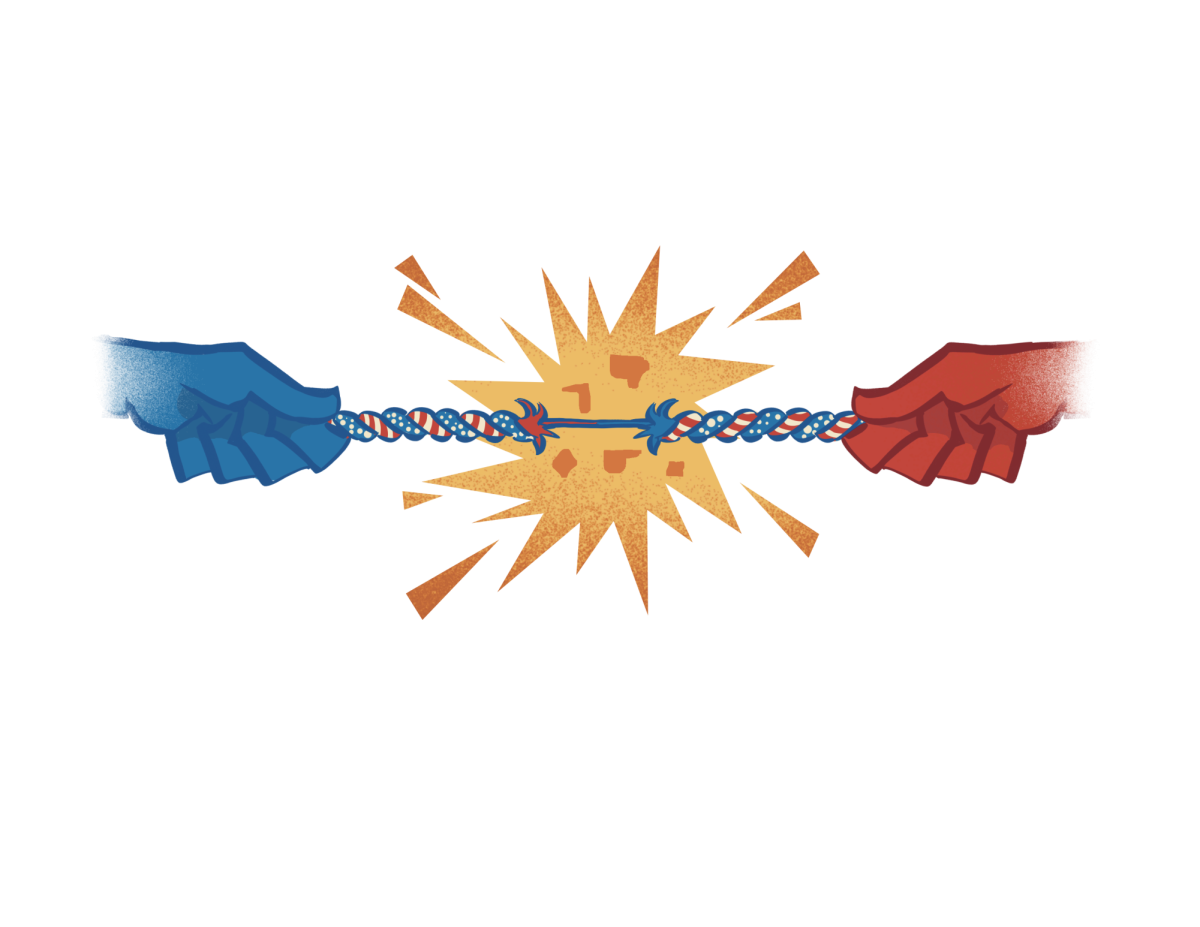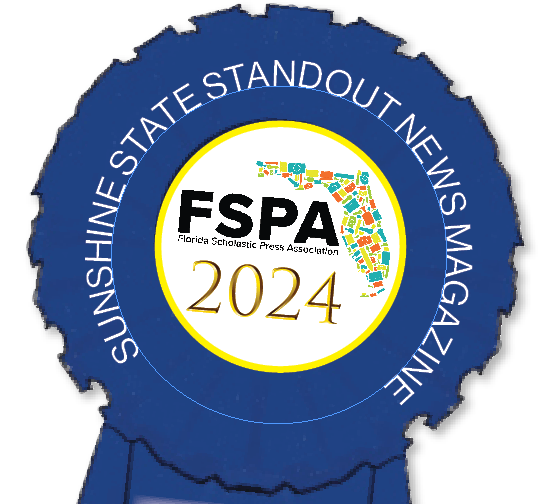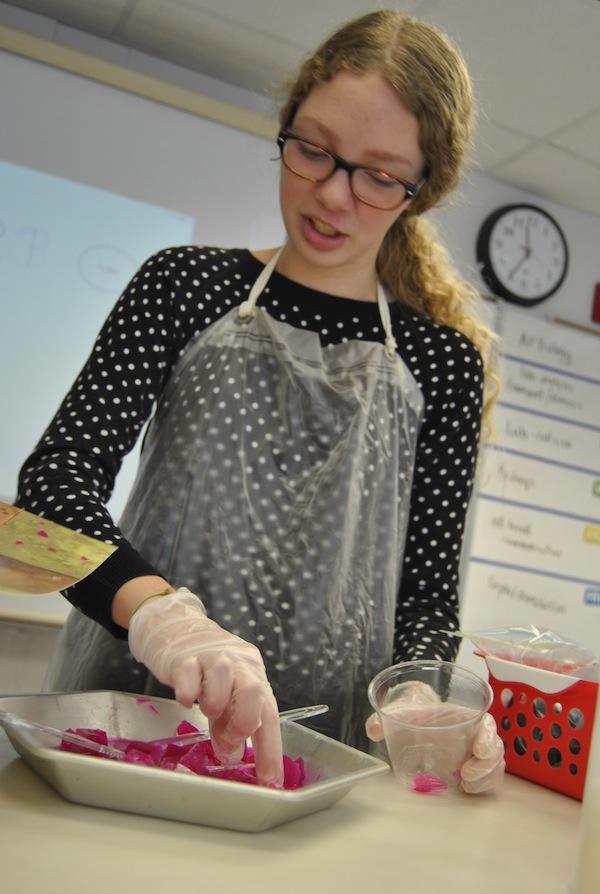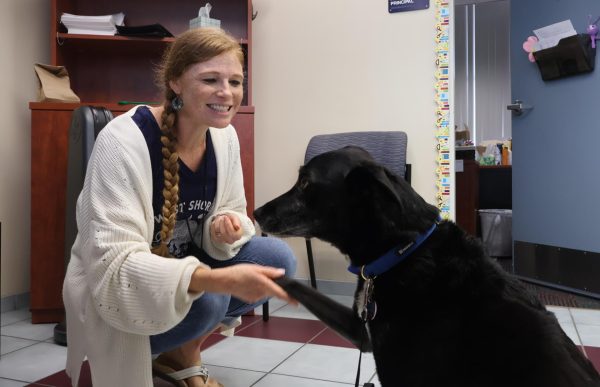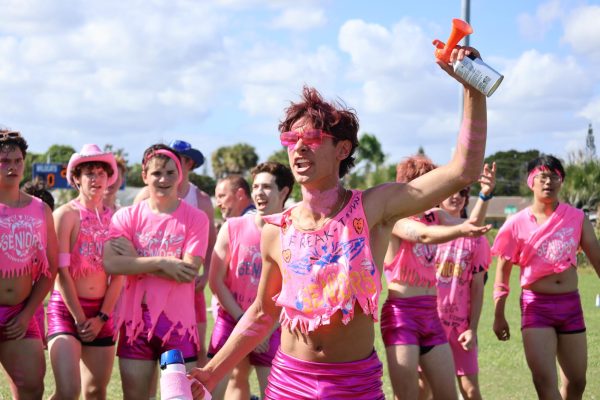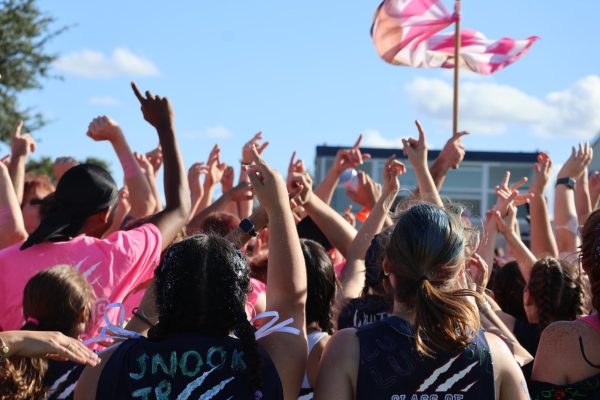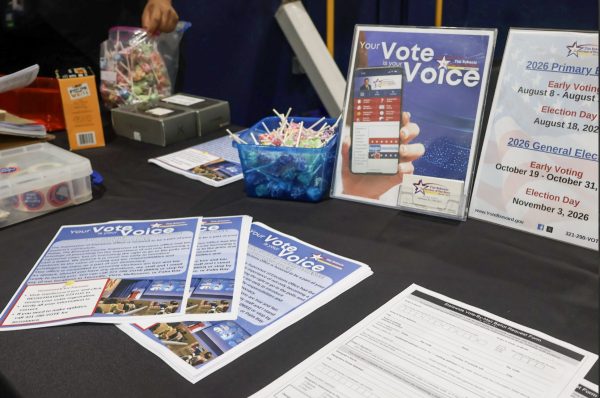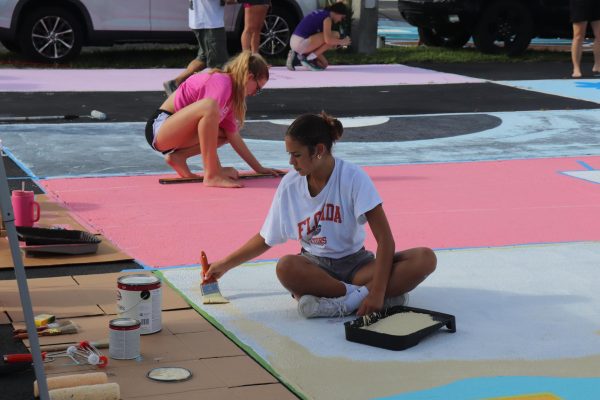AP Bio students use gelatin to model cells
Senior Sarah Arends prepares gelatin cubes for her experiment.
AP Biology students recently conducted a lab using gelatin, phenolphthalein, a chemical that turns clear in acids and vinegar to better understand cellular processes.
According to AP Biology teacher Angela Feldbush, the lab was designed to model diffusion, or the movement of matter into and out of cells, and its relationship to volume and surface area.
“The students are figuring out through trial and error how they can make a cell that maximizes the diffusion rate by increasing the surface area and decreasing the volume,” Feldbush said. “You want each part of the inside to be as close to the outside as possible.”
Feldbush added that the lab provides students with a valuable kinesthetic experience.
“It’s a good model of how cells work and the nice thing about this lab is that the students can experiment and so it’s very inquiry based,” Feldbush said. “They can try different variables, they can manipulate them, they can play and while their doing that they’re still figuring out how the science works. There aren’t a lot of labs that they can just jump in and play with because they can’t really mess it up.”
Senior Nicole Topp shared her experience with the lab.
“It allows us to visualize inside the cell because obviously we can’t see inside of real cells. By doing the lab we have created models to show us,” Topp said. “[The jelly] is like a semi-permeable membrane, so the vinegar can go in which takes the phenolphthalein out.”
The lab involves more than playing with gelatin.
“There’s some math involved,” Feldbush said. “[T]he students need to calculate out the surface area and the volume and that can be difficult with an irregularly shaped object. The challenge shapes that they’re coming up with are very irregular so there are lots of nooks and crannies that makes it hard to figure out the exact surface area.”
This math didn’t stump senior Sarah Arends.
“In this lab it’s just simple math,” Arends said. “We’re just trying to see the ratio, like how the size of the cube, so the volume and the surface area, affects the diffusion rate and we kind of see that the smaller sizes have faster diffusion rates and the higher the ratio of the surface area to the volume of the cube, the higher the diffusion rate.”
Senior Victoria Hernandez explained that the lab included competition.
“We’re trying to see who can have the biggest piece … go through osmosis fastest,” Hernandez said.
Arends group took first place.
“Since we’re trying to maximize diffusion rate per the amount of mass, we’re trying to maximize the surface area so that relates to the diffusion rate,” Arends said. “[S]o Mary Elizabeth and I decided that if we take some forceps and stab small holes into what we’re using as the cell, the gelatin, then we can maximize the surface area and diffusion rate.”
As for future AP Biology labs, Feldbush said that there will be 13 more to look forward to, including photosynthesis, plant, and genetics labs, and a lab at the University of Florida in Gainesville.
By Natalie Mann

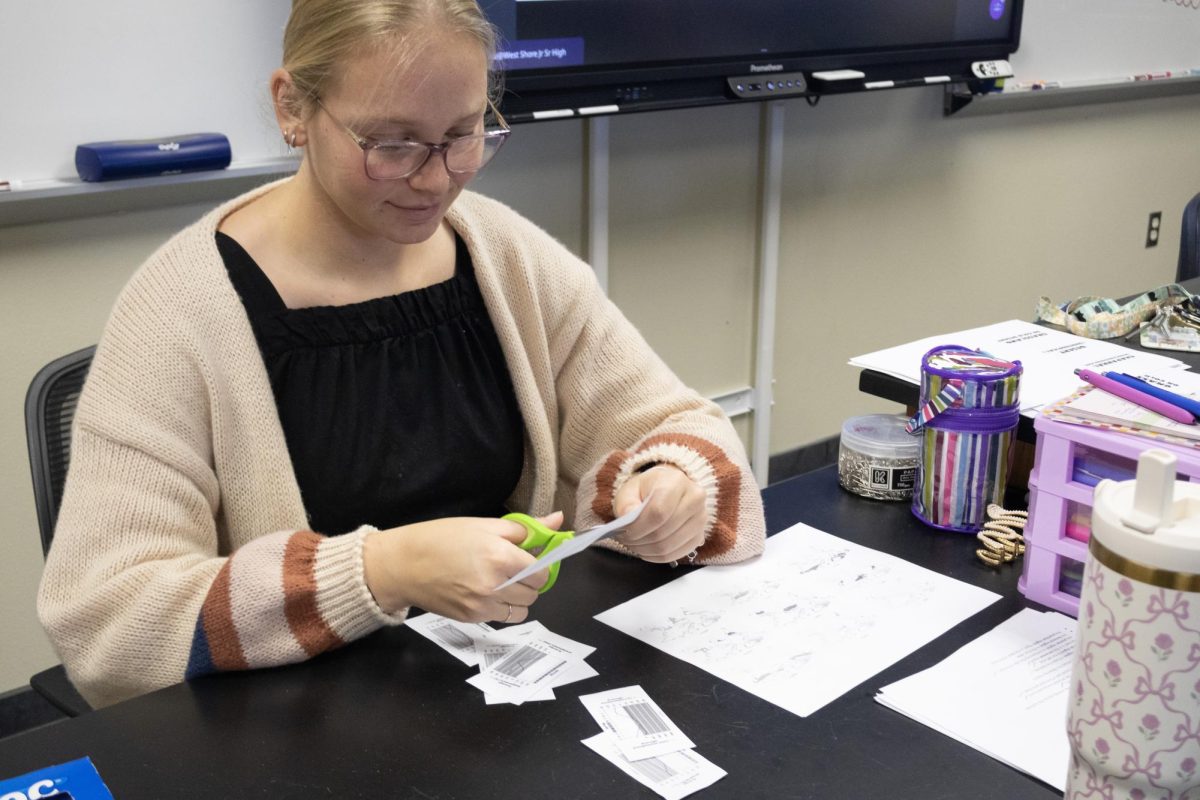
![Sophomore Isabelle Gaudry walks through the metal detector, monitored by School Resource Officer Valerie Butler, on Aug. 13. “I think [the students have] been adjusting really well," Butler said. "We've had no issues, no snafus. Everything's been running smoothly, and we've been getting kids to class on time.”](https://westshoreroar.com/wp-content/uploads/2025/08/IMG_9979-1200x800.jpg)
